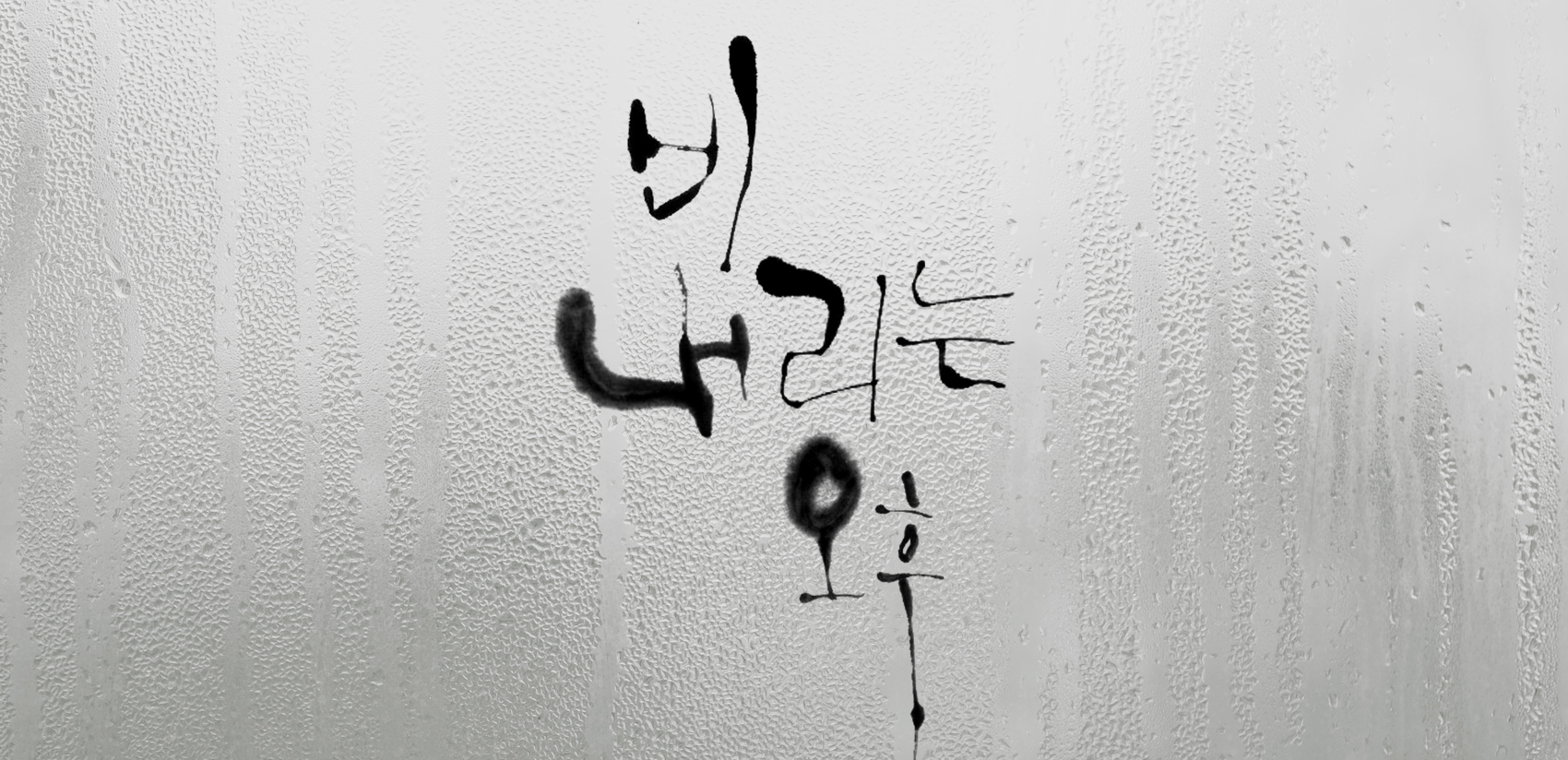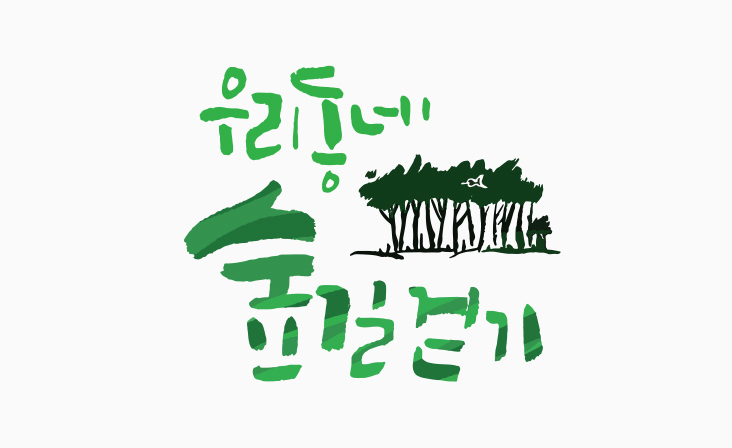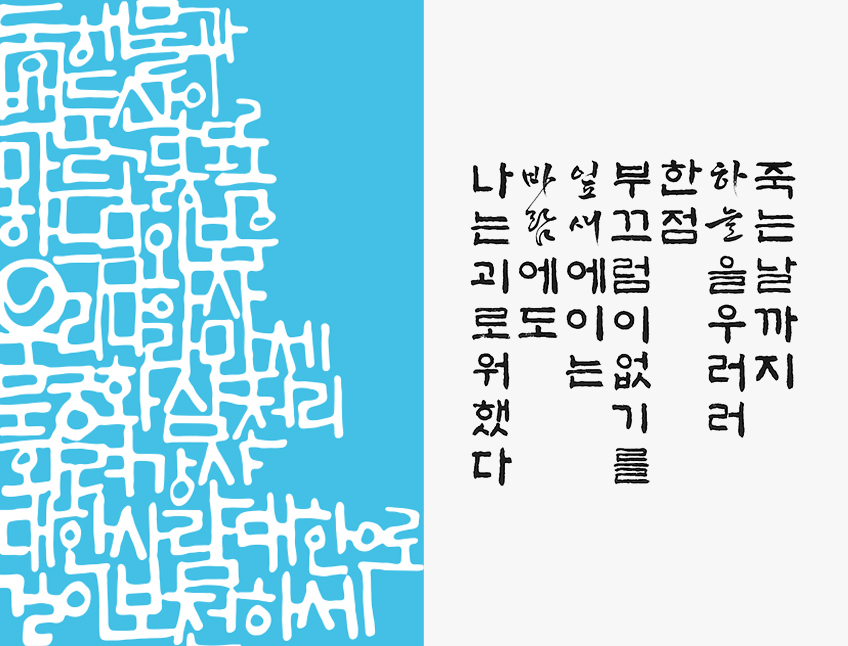
Contents





A Magician Who Works Miracles






Calligraphy
Express Yourself with Handwriting
With so many technological advancements these days, we rarely need to write with our hands anymore. Most paper-related work can be done on a computer, and email and text messages have replaced handwritten letters or post cards. However, technology that saves us a lot of time also takes away important things from our life.
Written by Lee Eun-yi, designer & writer
 “Rainy Afternoon” in Korean was written in calligraphy form. © Korea Calli Graphy Design Association
“Rainy Afternoon” in Korean was written in calligraphy form. © Korea Calli Graphy Design AssociationWriting, a Form of Art
The wide digitalization in our society has left many starved for the old way of expressing themselves. This has led to the recent trend of handwriting, with an increasing number of handwriting classes, sales in handwriting-related books or supplies and appearance of handwriting certification. It’s not uncommon to see handwritten book or movie titles, logos, signs or advertisements.
Calligraphy that is aesthetically pleasing is the design of lettering with various writing instruments. The origin of the word is traced back to Greek Kalligraphia, meaning “beautiful writing;” it encompasses many styles from clear readable letters to abstract letters more like drawings. Europe, Russia, Islamic countries and others have developed their own unique calligraphy. East Asian countries that share Chinese characters in their language have advanced their writing technique under the influence of China.
 The calligraphy shows sharp but soft writing. It was also used for a drama title.
The calligraphy shows sharp but soft writing. It was also used for a drama title. © Jun Eun-sun
 Color of the forest and shapes of trees are aesthetically put into handwriting. © Korea Calli Graphy Design Association
Color of the forest and shapes of trees are aesthetically put into handwriting. © Korea Calli Graphy Design AssociationWriting That Expresses Yourself
Chinese calligraphy uses a brush, ink, and paper as basic instruments and has very strict rules. As one of the most well-known and oldest forms of writing, Chinese calligraphy is registered as part of the UNESCO Intangible Cultural Heritage of Humanity in recognition of its artistic and traditional value. Korea brought this artistic writing from China and transformed it into something different and unique to Korean. Chusa Kim Jung-hee (1786-1856), the renowned Joseon-period calligrapher, created the Chusa style of writing that is creative and extraordinary in its design that broke out of the traditional framework, impressing many professionals in his time.
The unique calligraphy that has been developed in Korea is ascribed to Hangeul that is only used for the writing of the Korean language. Korean calligraphy mainly falls into two categories: One is the Jungeum style that was created when Hangeul, the Korean alphabet, was invented in the 15th century, and the other one is the Gung style that was used by court ladies in Joseon (1392-1910). Some calligraphers are still studying a third style—the Min style, known to be used by commoners in Joseon.
Handwriting cannot be mass produced by machine or copied by computer or any technology. What calligraphy brings is something modern people have been thirsty for in the digital world we live in.
 Lyrics of the Korean national anthem is tightly written in unique handwriting. © Korea Calli Graphy Design Association(left)
Lyrics of the Korean national anthem is tightly written in unique handwriting. © Korea Calli Graphy Design Association(left)Selected as the best poem, the “Prologue” by Yoon Dong-ju is handwritten in a calligraphy form. © LEE Sang on(right)
Other Articles





A Magician Who Works Miracles





Application of subscription
Sign upReaders’ Comments
GoThe event winners
Go


 November 2018
November 2018


